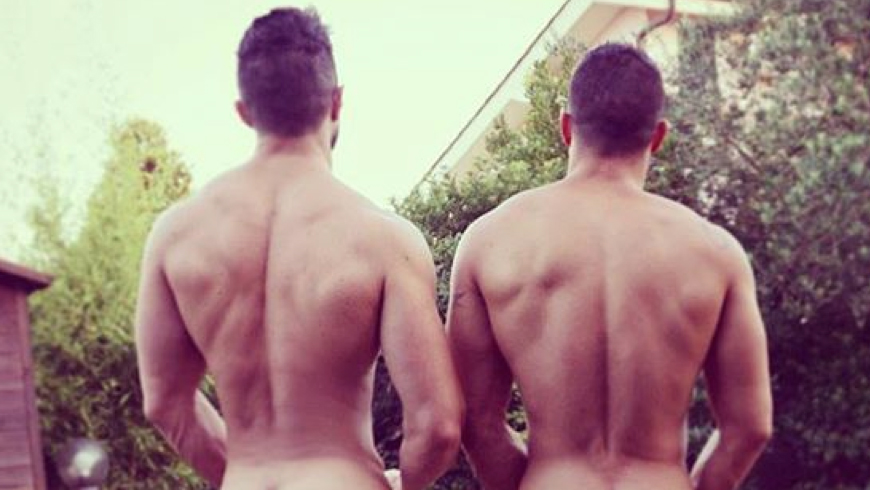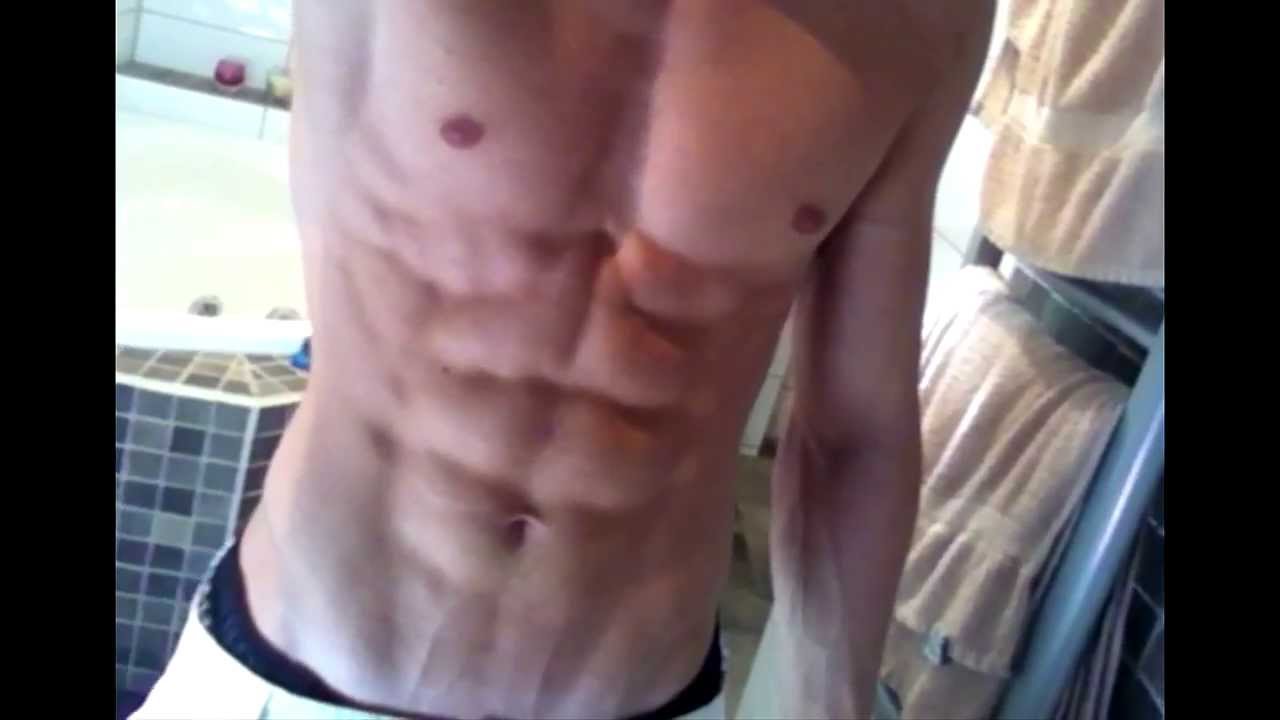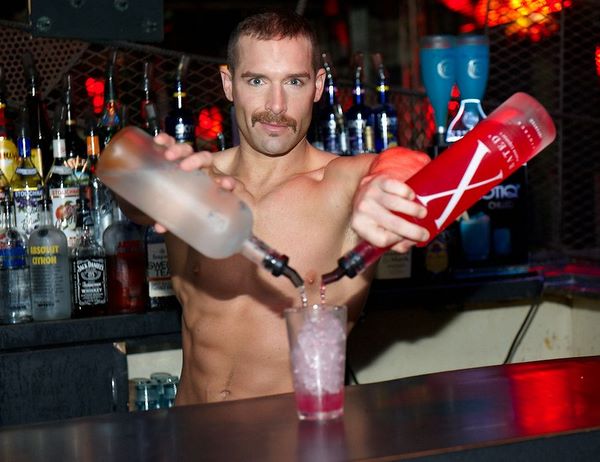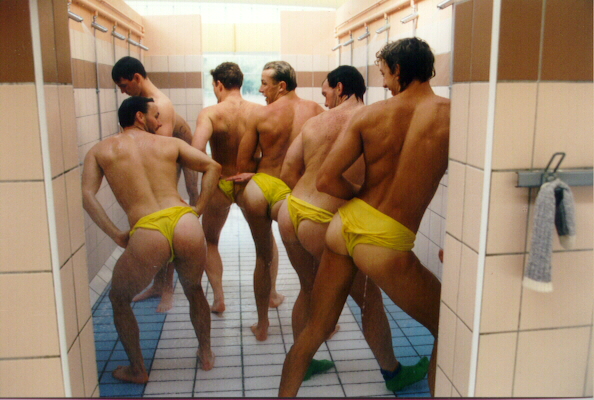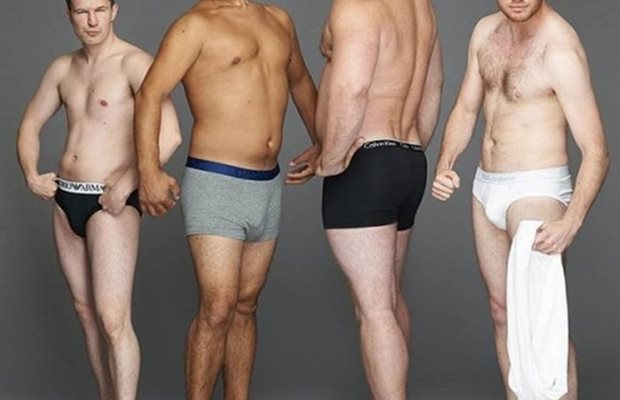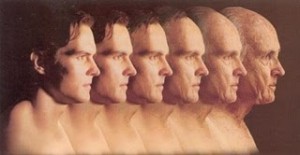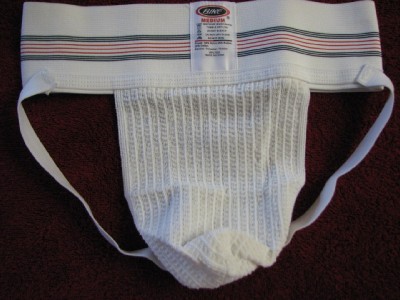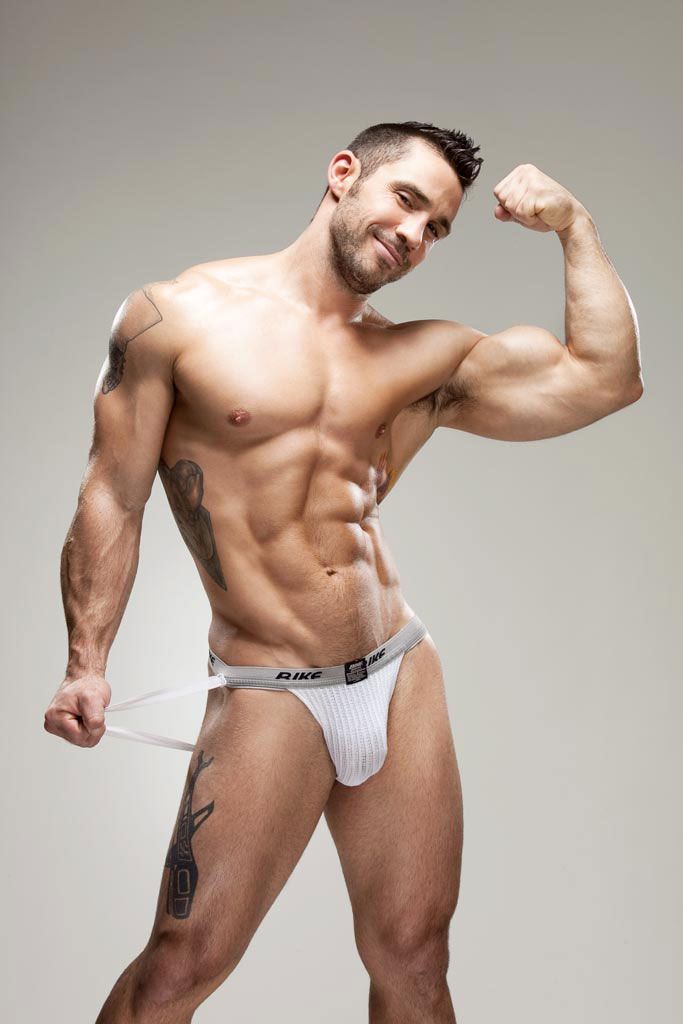If you could ask our society to define beauty, you’d get a very narrow answer. It’s an answer that is depicted in magazines, advertisements and almost all the media that we regularly consume.
The thing is, beauty isn’t concrete. In fact, it’s quite the opposite. Different societies and cultures have (and do) define beauty differently.
From the full-figured bodies with wide hips and body fat of the Renaissance Era to women with large feet in northern Indonesia, there’s really no consensus on beauty. In Thailand, I visited the Kayan tribe wherein women would wear thick metal rings to elongate their necks (and collapse their shoulders) as a sign of beauty.
And beauty has changed for men, too. From the lightly muscled and lean bodies of the Greeks and Roman statues to the feminizing Cumberland Corset of the 19th century, society’s definition of male beauty has evolved over time, shaped by culture, values and many whims.
Elsewhere you’ll see light skin, dark skin, tattooing, stretched earlobes or lips, scarring and just about every body type imaginable being included in some culture’s definition of beauty at some point in time.
The point is, when we see our society’s portrayal of beauty, it’s important to take a step back and see that definition for what it really is; it is shifting, arbitrary and totally subjective. We might not have long necks, big feet, tiny waists or six packs abs, but what does that matter? So rather than aspire to something which isn’t even real, let’s give ourselves permission to define beauty for ourselves.
And even if that definition isn’t accepted by the world around us, it’s important to recognize that it’s equally valid - and probably a lot healthier.
So, time for our pop quiz: Are you beautiful? You tell me.








